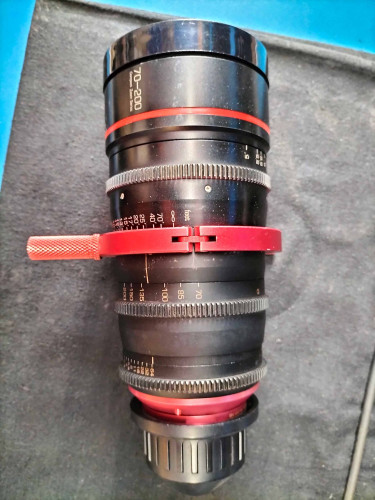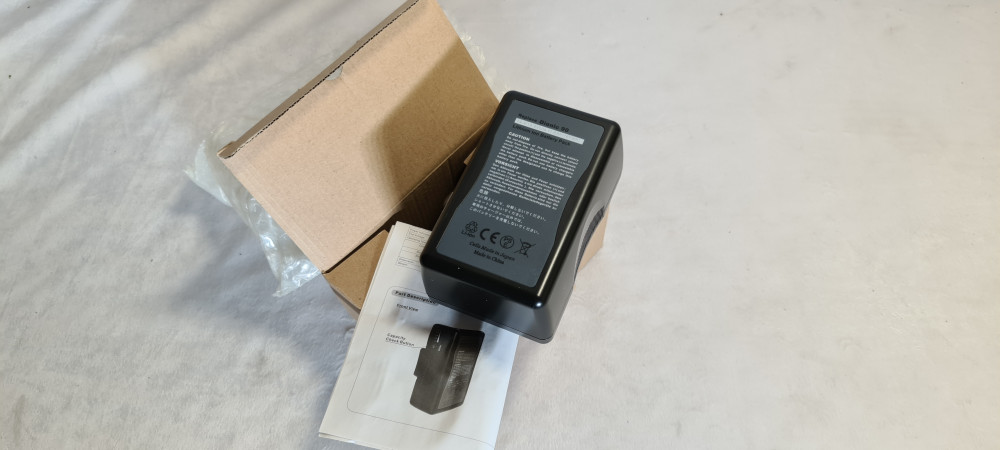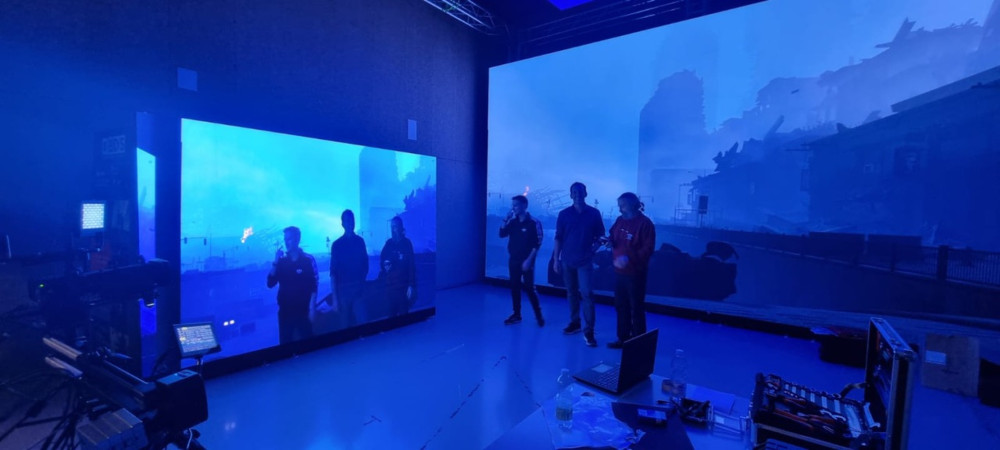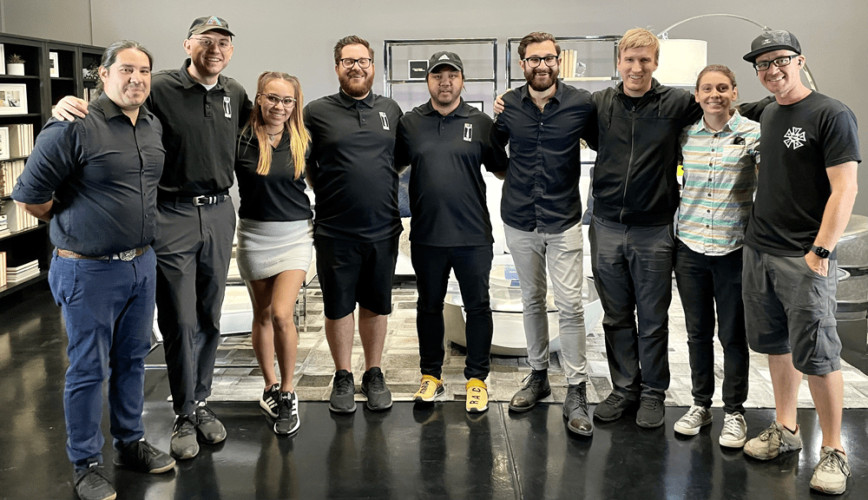When I was a young scribbler in 1970, my then employers allowed me to launch and run on their behalf a magazine called Studio Sound. It was one of my better career moves and survived (mainly thanks to me leaving it in 1974) for about 35 years. Fairly good going for a trade publication.
The upside of editing Studio Sound was being invited to a bean-feast organised by the Association of Professional Recording Studios. Downside was being informed by chairman Jacques Levy, half-way through the soup, that I was the guest speaker. My hastily improvised subject was labour relations as I had noticed that most fledging sound balancers quickly left their jobs to become audio equipment salesmen. But just suppose I had delivered a considered and accurate look into the audio industry's future:
"Well, gents, your expensive analogue kit will be replaced within the next 10 years by digital synthesisers, digital mixers and digital recorders at prices so affordable that many musicians will buy their own rather than continuing to hire your studios. 20 years on, optically-scanned digital disks will sustain a profitable decade before consumers switch to downloading music via home computers linked into a worldwide network. And the bathtub-sized radiograms on which most of your output is currently played will be replaced by battery-powered gadgets smaller than the meanest bar of hotel soap. Thirty-five years ahead, these will have enough solid-state memory to hold the owner's entire music collection.
"We'll all be retired before then!\" they would have chortled before turning their attention to coffee.
My purpose here is to contemplate how far television can be developed before it becomes unrecognisable. I will try and avoid fixing on the future as a single entity because, as with a journey on the Great Western Railway, the world doesn't end at Paddington.
From flat-panel to head-up display
The transition from cathode-ray-tubes to affordable mass-produced flat-screen television displays was totally predictable but so slow that it became a very bad joke, complicated by poor yield. Ultra-clean factories supplemented by some very ingenious defect-masking finally solved the problem. I remember the early 40 inch plasmas descending through £10,000 and buying my first LCD (same size) in about 2005 at £1,600. Today this sort of stuff is sold in supermarkets alongside the fruit and veg.
Even more significant than the LCD was the development of integrated-circuits. These allowed manufacturers to delivering hugely versatile devices in extremely small packages. If the Petroleum Age in which we now live is replaced by a more energy-hungry economy, television displays will need to become far less bulky and perhaps move closer to the eye. Imagine an Apple iPod Nano 6 with a much higher resolution LCD than its current 240 x 240 pixels, bonded to a short-focus lens and placed close to one eye. Maybe two such displays if you are viewing at home and want to watch a stereoscopic programme. HUDs of this sort are already being developed for next-generation mobile phone devices which will provide city pedestrians with alphanumeric information relevant to their location.
Multiple senses
Television in its present form attempts to satisfy two of humanity's nominally five senses: vision and hearing. In fact it satisfies at least three because it supports the most fundamental yet most widely overlooked of all human attributes: our sense of passing time. That is the last sense to fizzle out when a conscious entity subsides into sleep. But don't doze off yet; I am just getting to the point.
Beyond the 2D or 3D head-up display lurk a series of solid-geometry screen technologies such as animated holography at compact or large size. And a new take on bottle-vision where the viewer gains the freedom to peep round the back of a cylindrical display, presumably to see who is hiding behind the heroine. It was either Isaac Asimov or Arthur Clarke who dreamt up a potential variant of television where the holographic image, at the press of a button, could become solid and take on a life of its own. This is not quite as far-fetched as it may seem. Ink-jet printers have already been proposed as a basis for reproducing solid objects such as replacement parts for existing manufactured devices. The transmitted signal would simply be an instruction set based on the relevant design parameters, perhaps derived from an X-ray scan of the source device. Appropriate materials need to be provided at the receiver end of the chain which could prove expensive if the original is more ambitious than a shaped chunk of hardened ink.
Television could usefully embrace our sense of smell, temperature and surface pressure, even if it continues to be short on taste. But all attempts at smellyvision have hitherto required fragrant or not-so-fragrant sprays, potentially expensive and polluting. Unfortunately, the nose is not so easily deceived as the eyes but here is another way...
The total experience
Considering its structure (a damp sponge with billions of electrochemical components housed inside a relatively hard shell), the human brain is strangely leaky in terms of the electrical activity measurable at its surface. Intel is one of several organisations experimenting with controlling the position of a cursor on a computer screen using electrical sensors positioned on the surface of the operator's head. Direct sensory input has also been demonstrated but, thus far, has either involved hard-wiring or a strong induced electromagnetic field. Intel has even proposed brain-implanted chips. No thanks.
One possible outcome of these developments is that our great-grandchildren will emerge from some 22nd century drug-store with a shiny new coil bonded to the back of their ears communicating high speed data directly into their respective heads: 3D television, surround sound, the smell and cool feel of the breeze through the sylvan glade. And, if the tactile sense can be handled really well (another 20 euro for the gold-plated connector), instant endless orgasm.
Direct thought transfer
End of the road? Not quite. Beyond even 'the total experience' just described, it is possible to envisage a world in which multi-sensory television gives way to an even more efficient form of communicating most of the information used by the human brain to simulate the real world: Direct thought transfer. This would involve compressing raw ideas into a finite number of geometric patterns. Each group of patterns, when experienced via a suitable display, would recreate the thoughts that were in the mind of the originator at the moment of compilation. This system would allow complex ideas to be transferred at far less expense than traditional technology, reducing the need for presenters, stage sets and post-production, except perhaps as a photographic aide-mmoire. Welcome back to the printed word.
Television, the limits of the possible

Author: Bob Pank#
Published 1st February 2011









































